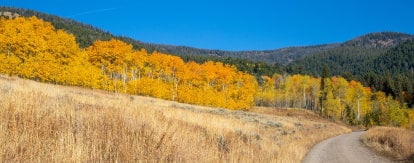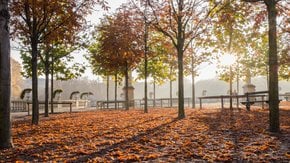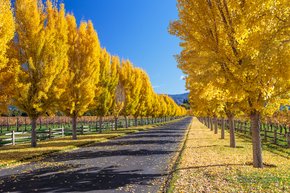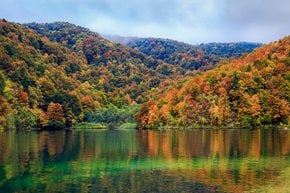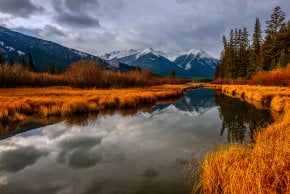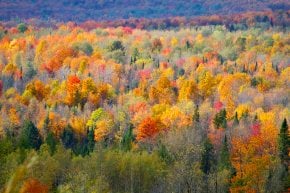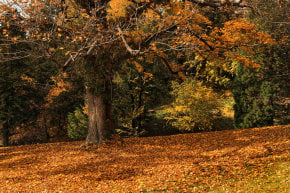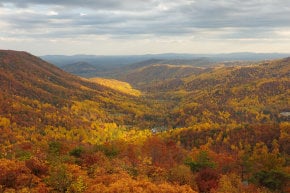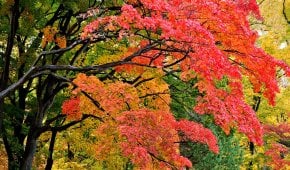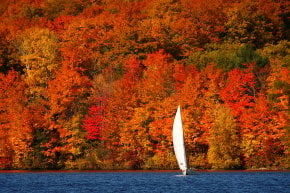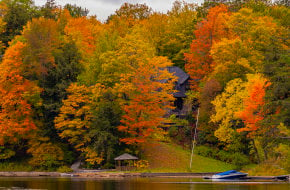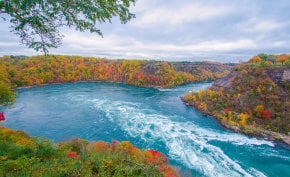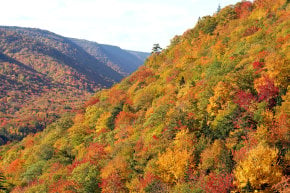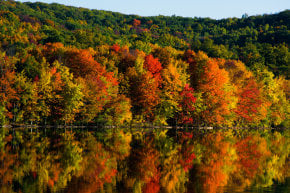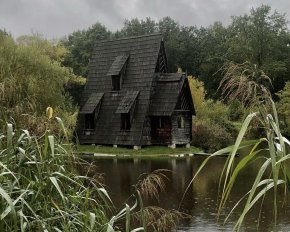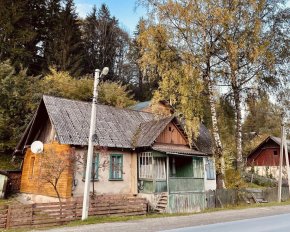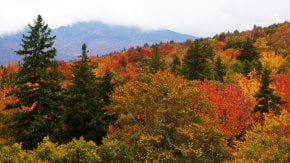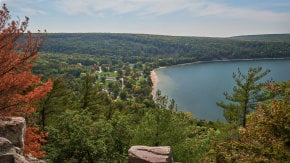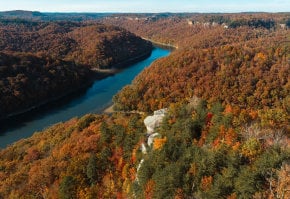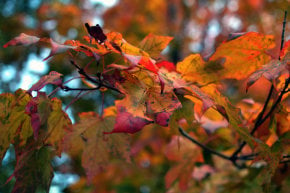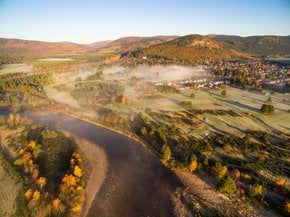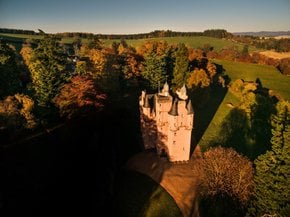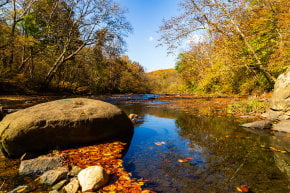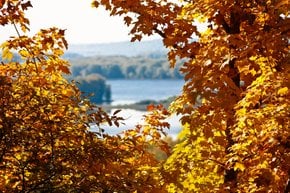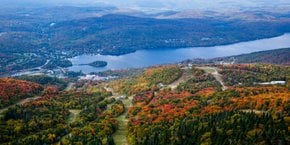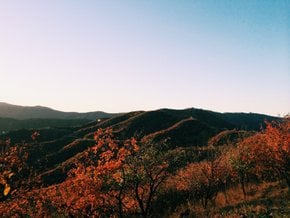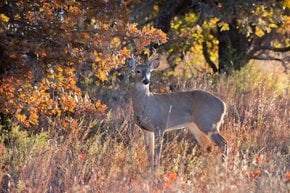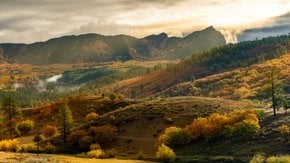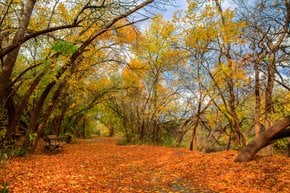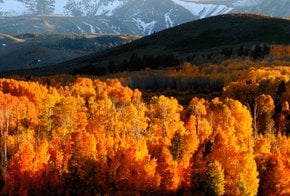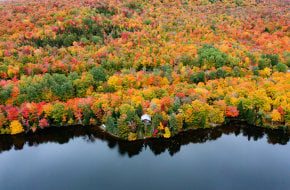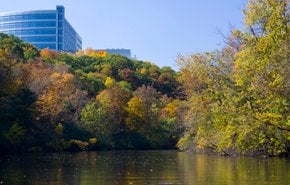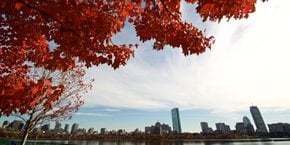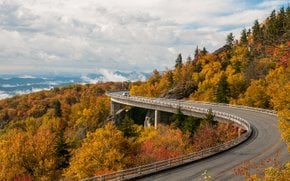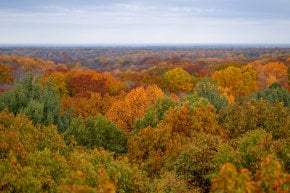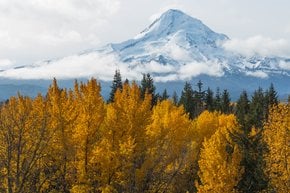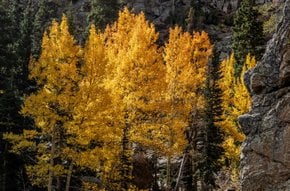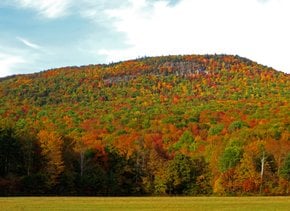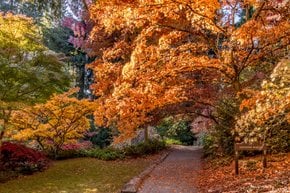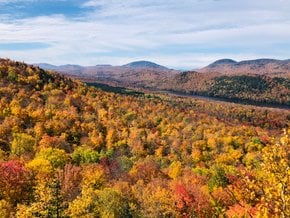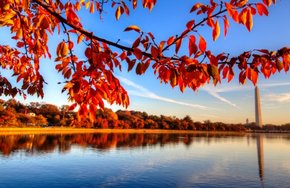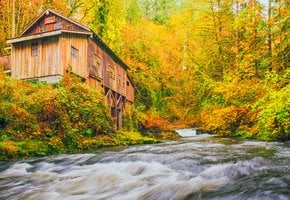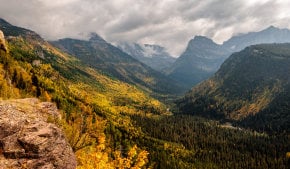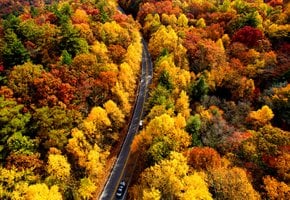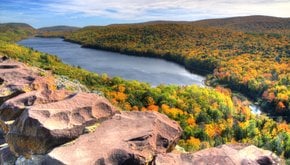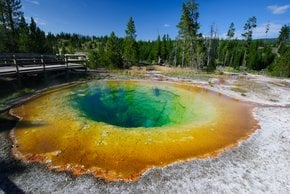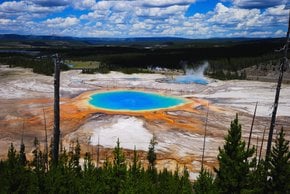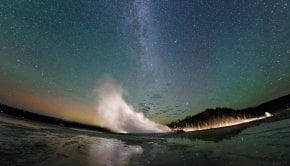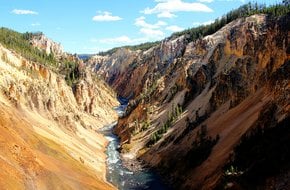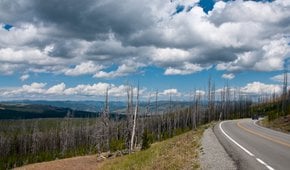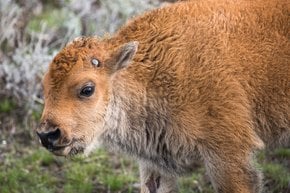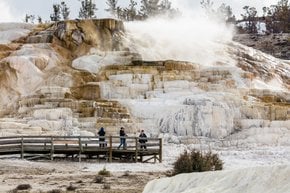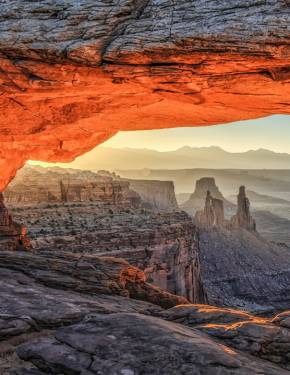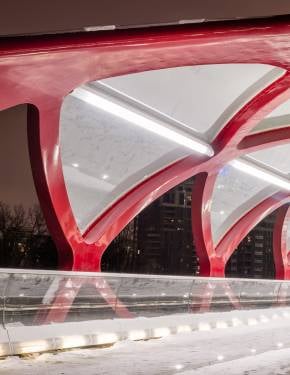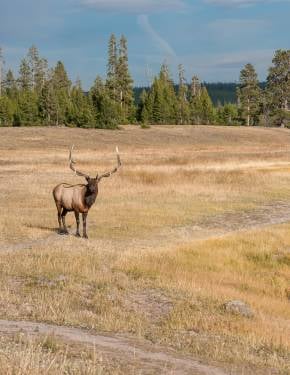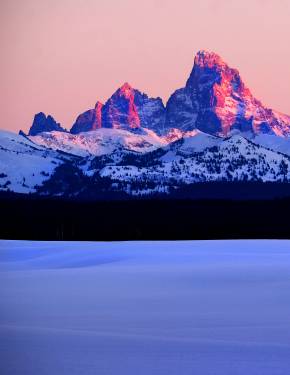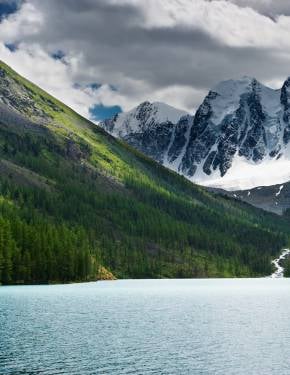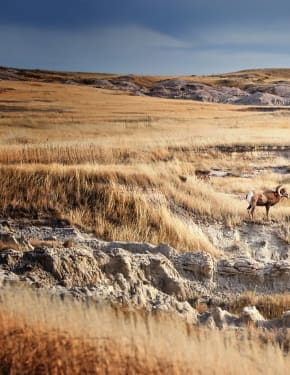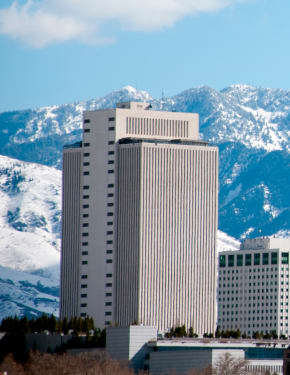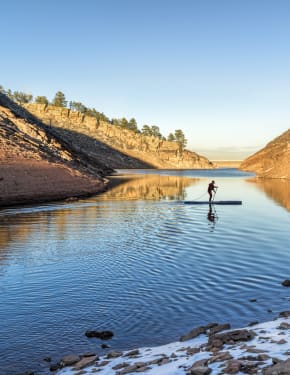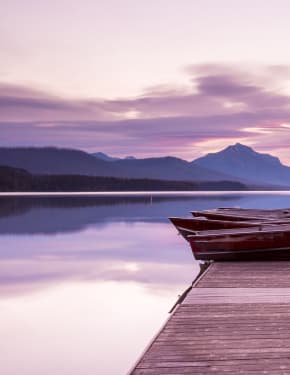Fall Colors in Yellowstone National Park 2026
America's first national park is all dressed up for the fall
Best time: late September–early October
Yellowstone might not be famous for its fall foliage, but you won't regret paying a visit to the park during this magical time. Crowds are much thinner compared to the summer, wildlife is more active, and golden tones dominate the landscapes throughout the park. Yellow grass and golden cottonwoods and aspens create amazing pictures from northwestern Wyoming to southern Montana and eastern Idaho.
When is the best time for fall colors in Yellowstone
Peak time for leaf peeping in Yellowstone National Park is from late September through early October. Colors first appear on higher elevations, where some nice yellow accents can be spotted from mid-September, and then move to the valleys. Mid-September is a good time to visit the park while most of its facilities and lodges are open. Starting from October, roads and visitor centers gradually shut down for the winter season.
Where to photograph fall colors in Yellowstone
Lamar Valley is among the most beautiful fall destinations in Yellowstone National Park. This remote area in the northeast of the park is rich with cottonwoods and suits perfectly for wildlife viewing. Bald eagles, coyotes, herds of bison, pronghorn, grizzly bears, and deer are frequently seen there in the fall.
Northern Yellowstone borders to Custer Gallatin National Forest, a fall foliage paradise that can be easily accessed from Gardiner, Montana. Explore the Absaroka-Beartooth Wilderness just east of Gardiner or the Gallatin Wilderness to the north and west.
Mammoth Hot Springs is another picturesque fall foliage spot located south of the North entrance to the park. It's the best place to hear bull elk bulging during the rut. Mammoth Hot Springs terraces look beautiful when dotted with colorful shrubs. From there, you can take a 20-minute drive to Tower Junction on Blacktail Plateau Drive, a scenic dirt road running through the woods of Blacktail Deer Plateau.
South of Swan Lake Flat, you can enjoy fall foliage along Indian Creek and around Sheepeater Cliffs. Elk can be frequently spotted there during the rut season. Bunsen Peak also offers some photo-worthy views.
In the central part, Pleasant Valley boasts golden grass, picturesque boulders, bright yellow cottonwood and aspen trees, coloring the banks of the Yellowstone River. Hayden Valley is another beautiful fall destination with a mud volcano and rich wildlife, such as bison and elk.
The picturesque Lewis River, with its geysers and scenic Lewis River Canyon, is located in southern Yellowstone. The lower section of the river, near Lewis River Falls, is especially beautiful because of the old-growth fir and cedar forest with patches of deciduous trees.
Yellowstone fall foliage hikes
Yellowstone boasts over 1000 miles of trails, and some of them are especially scenic in the fall. Beaver Pond Loop can be accessed south of Mammoth near Yellowstone’s North Entrance. A moderate 5-mile (8-km) trail is a great short hike with plenty of golden aspens standing out on the background of conifer woods. The 4.2-mile (6.7-km) Bunsen Peak Trail offers panoramic views of the Blacktail Deer Plateau, Swan Lake Flat, Gallatin Mountain Range, and the Yellowstone River Valley. One of the best hikes in the Mammoth Hot Springs area, it offers spectacular vistas dotted with yellow aspens. The 3-mile (4.8-km) Lost Lake Trail is located in West Yellowstone. This moderately challenging trail can be accessed from Calcite Springs or Roosevelt Lodge. The trail is good for birding and wildlife watching, and the scenery is amazing!
In addition to hiking, Yellowstone is a perfect place for a fall biking trip. As park roads close for the winter, biking enthusiasts can have them just for themselves. If you're longing for more leaf peeping, Grand Teton National Park, south of Yellowstone, is famous for its postcard views.


